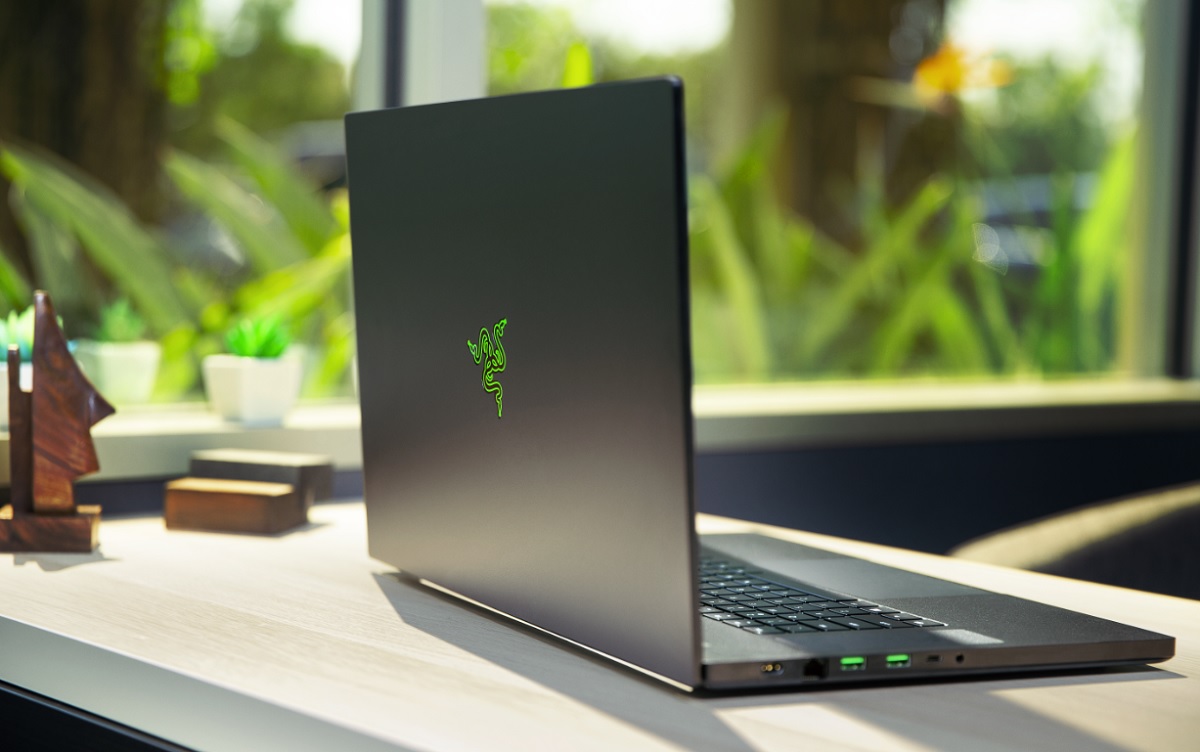Razer today unveiled its Razer Blade Pro 17, a new 17-inch laptop with a 300Hz screen and an 8-core Intel Core i7 processor.
The laptop is a “desktop replacement” built for professional gamers, designers, and game developers. The Razer Blade Pro 17 is available now with a 4K, 120Hz display for creators requiring a high-resolution workstation. It also has an option for a full-HD 300Hz screen for gamers needing to see every frame of every match.

Unlock premium content and VIP community perks with GB M A X!
Join now to enjoy our free and premium membership perks.
![]()

![]()